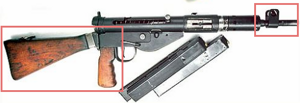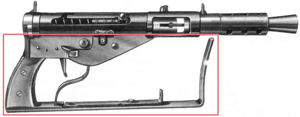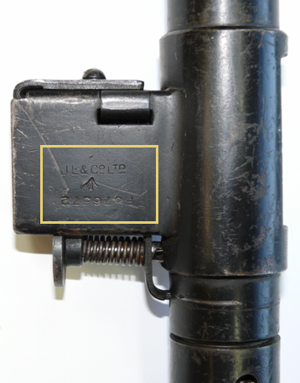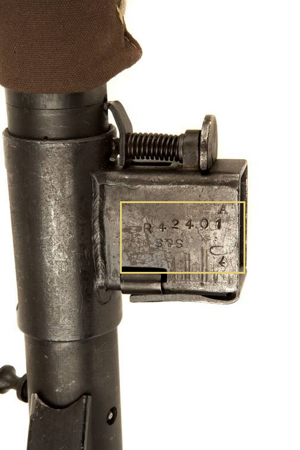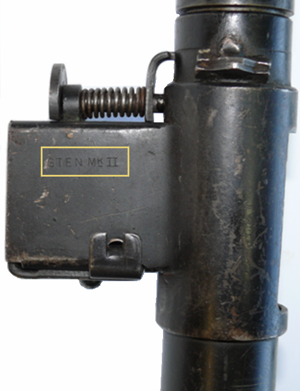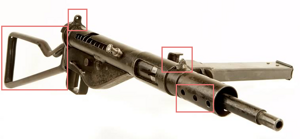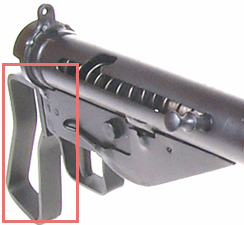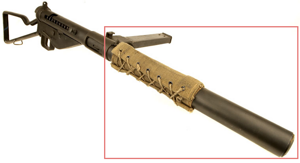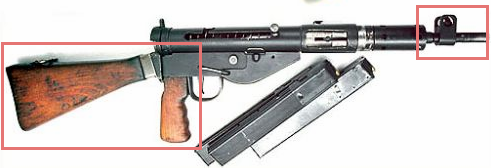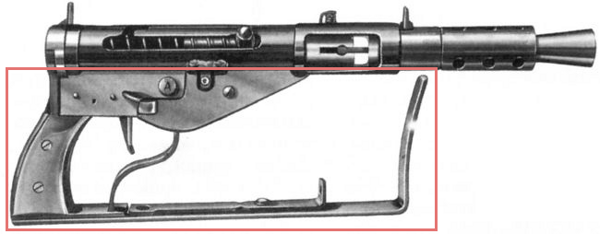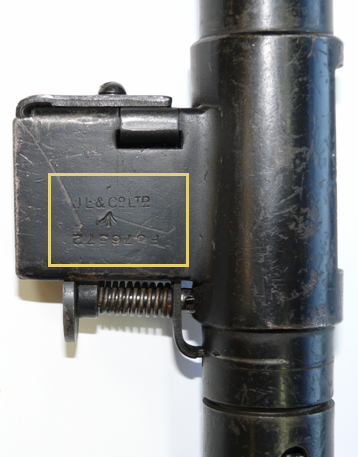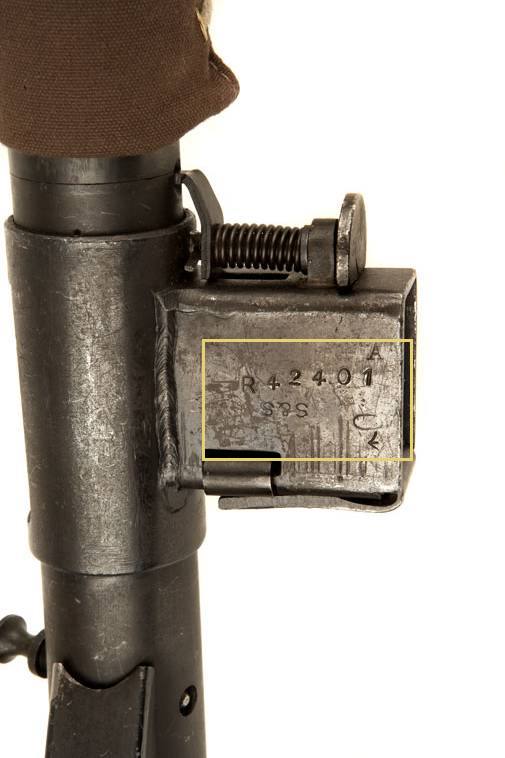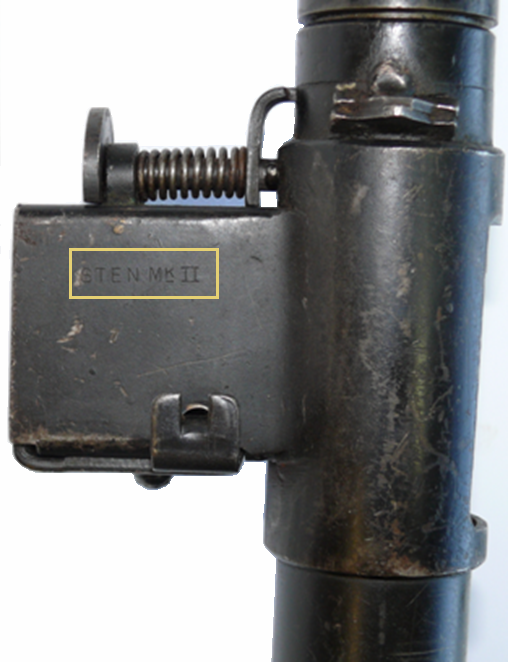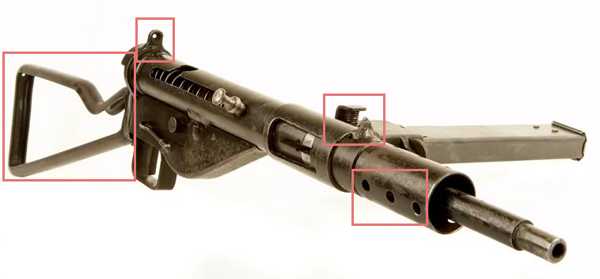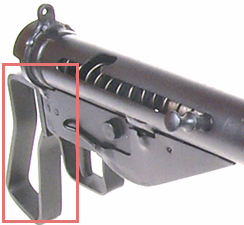Prior to 1941 UK was keen to produce a own submachine gun as an alternative Rate of fire 550 450 550 600 rounds per minute to the US-Thompson submachine gun. Royal Small Arms Factory, Enfield designed the STEN gun. In the beginning, unreliable but extremely cheap and easy to produce. After further development, the guns of 1942 and beyond were, in general, highly effective weapons. In Germany, the STEN models “Potsdam” and “Neumünster” were manufactured during WW II. In late 1944, the Mauser works in Germany secretly started manufacturing copies of British Mk II Sten, apparently for diversion and sabotage purposes. These weapons were intended to duplicate the British original as closely as possible, right down to the markings. Also, during WW II some resistance groups in German-occupied countries (DNK, FRA, NOR, POL) produced significant numbers of Stens.
 © BwVC
© BwVC








